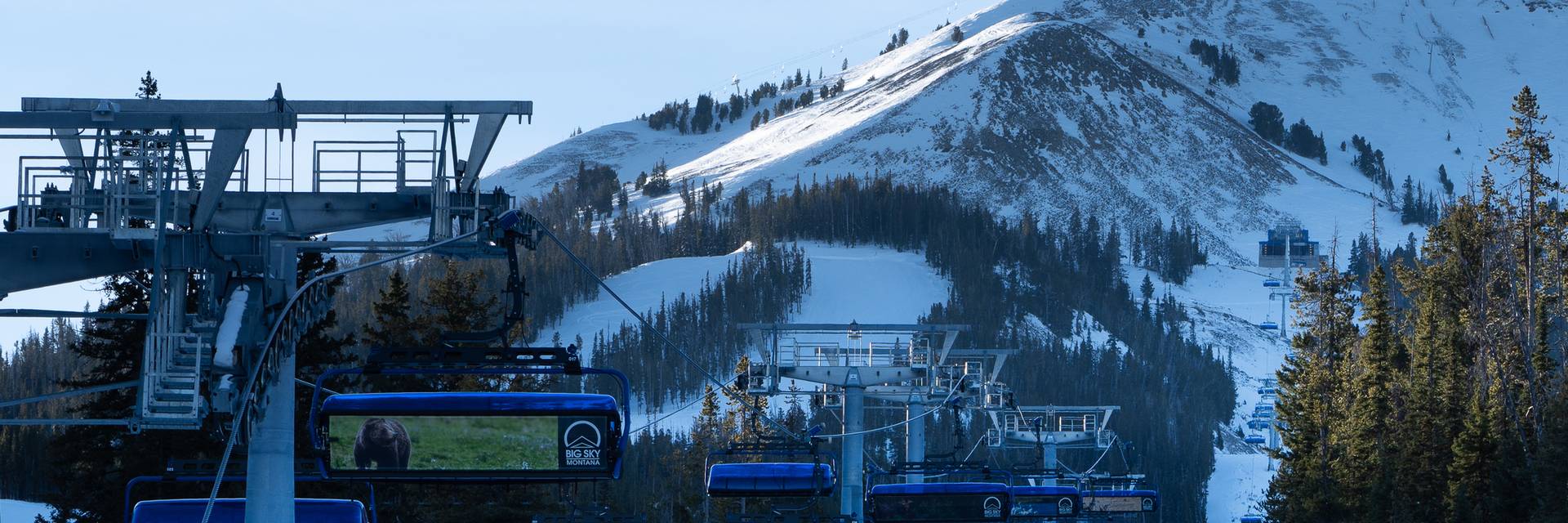
Madison 8 Chair Backs: Connection to the Madison River
On December 20, Big Sky Resort debuted the new Madison 8 chairlift on Lone Mountain’s Moonlight Basin side. Madison 8 replaced the former Six Shooter lift with the resort’s second eight-person chair and the third state-of-the-art D-line chairlift. The new Madison 8 chairlift doubles the uphill capacity out of the Madison Base area and reduces overall ride time by 30 percent. Madison 8 will also set a new record globally as the longest eight-place installation in the world.
Madison 8’s name and logo pay homage to the dynamic ecosystem of the mountain, tracing the fluid path of water through seasons—a metaphor that now extends to the visual storytelling adorning its chairbacks.
The chairbacks of the new Madison 8 lift showcase a collection of local wildlife photography, bringing to life the same sense of movement and transformation that inspired the lift's original concept while honoring the local ecosystem.
Read on to learn more about these artists and the stories behind some of the shots that will be seen on the chairs this winter.
Interviews have been edited for length and clarity.
Delaney Coveno
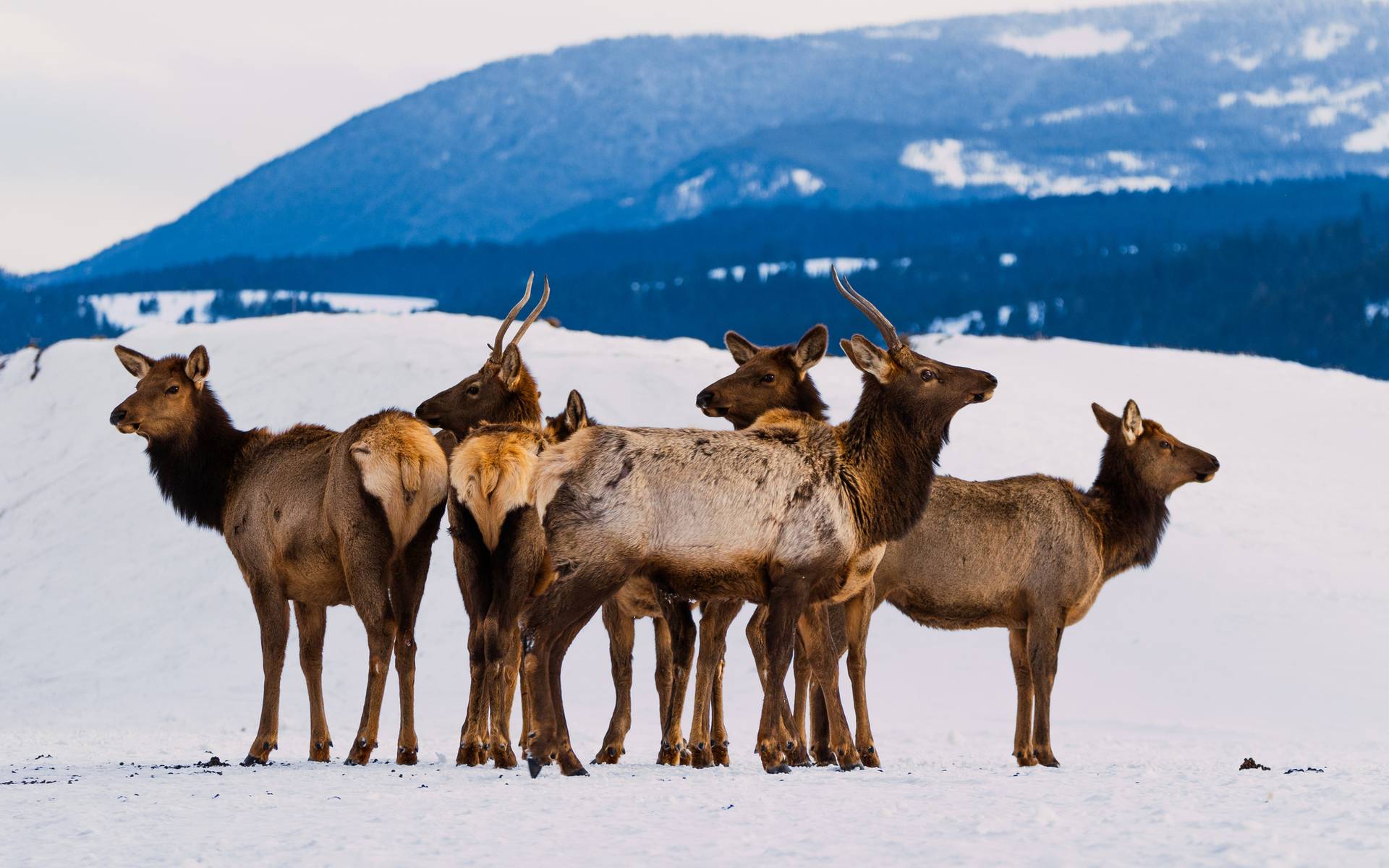
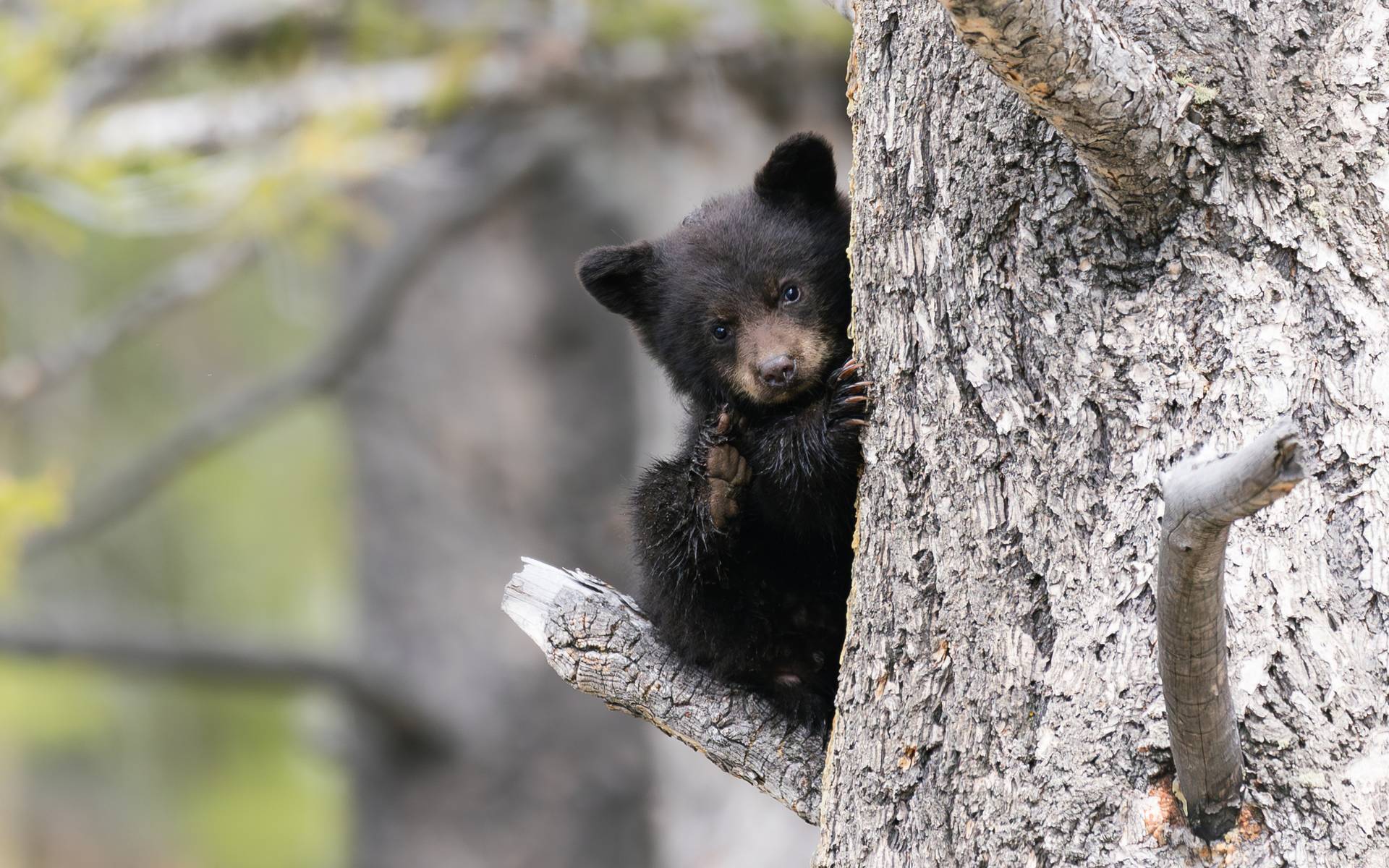
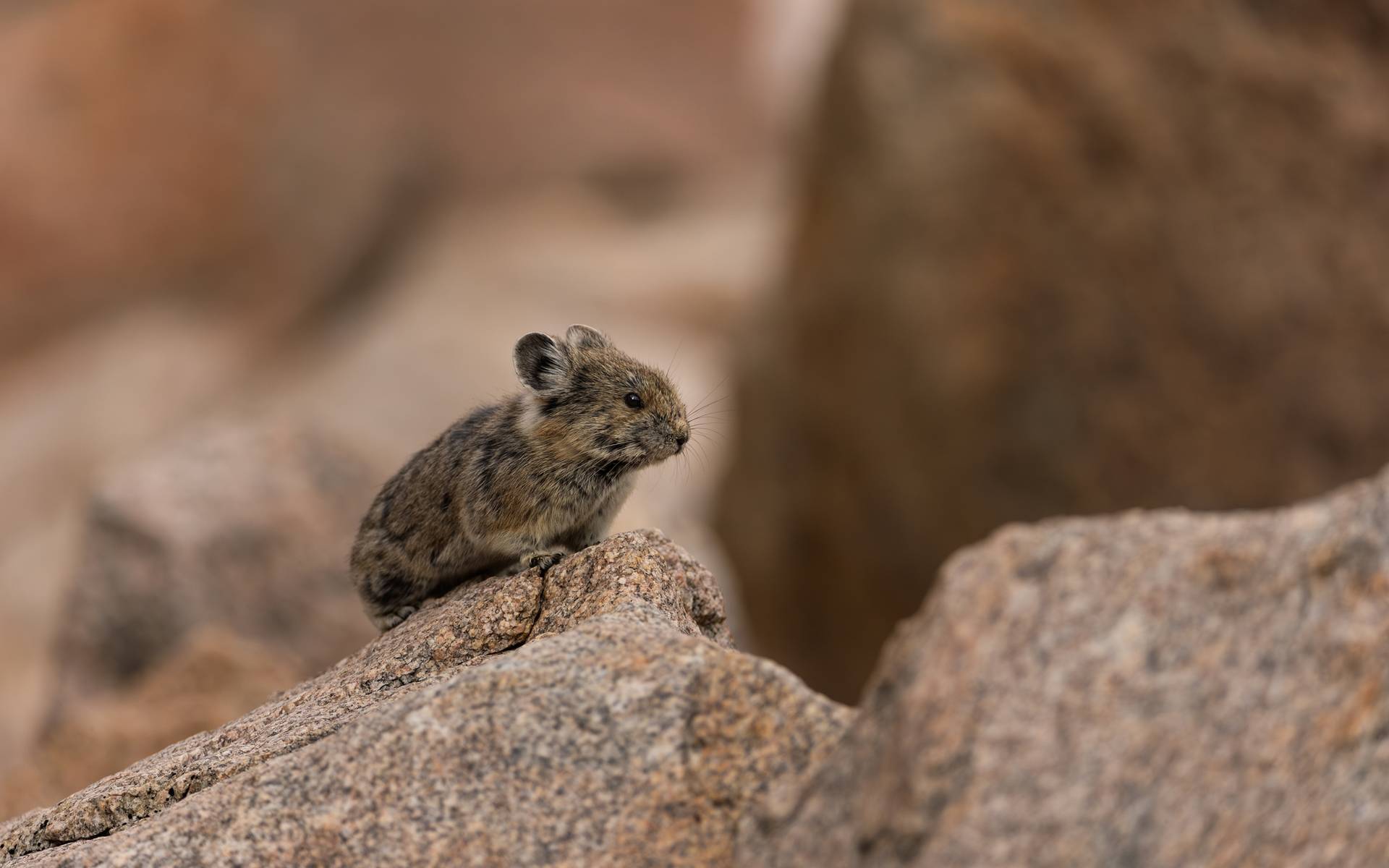
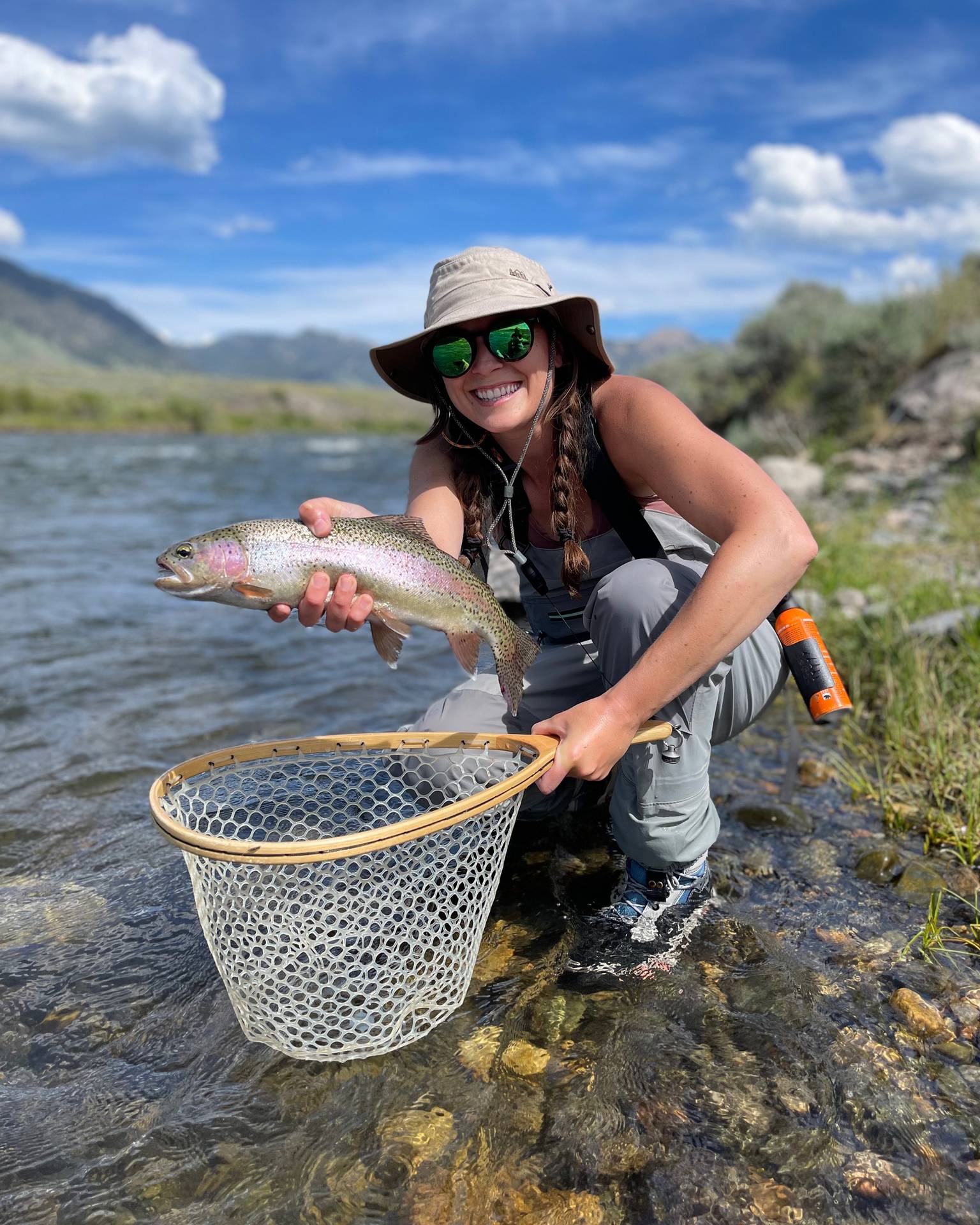
Delaney Coveno lives in Big Sky and takes every opportunity to observe and photograph the wildlife that initially drew her out west. Coveno arrived from the East Coast two years ago after a trip to Yellowstone National Park sparked her love for wildlife photography. Now, she says, she takes her photography much more seriously, waking up in the middle of the night to catch a sunrise or sitting in one place for hours to observe animal behavior. She also enjoys backpacking, hiking, fishing, and skiing, often lugging her heavy camera gear wherever she goes.
Gabrielle Gasser: What is your connection to the Madison River?
D.C.: We go to the Madison almost every week in the summer to fish. So it's pretty cool that’s what the new chair is named after. We usually go to Three Dollar Bridge and it's such an unreal river.I always bring my camera no matter what. It's a super special place to me for sure.
G.G.: Can you share the story behind the photos that you took?
D.C.: The baby bear photo is my favorite. I was in Yellowstone National Park with Paul, my fiance, and we came across a bear jam. It was a black bear with one cub. They kept getting closer and closer, so we got back in the car. We had a great angle out the window while they were so close, and the cub kept climbing up different trees. When I look at that photo, it looks more like a drawing of a bear because it's so cute. They crossed the road and disappeared in the woods, and we went on and had a hike. It was my perfect day to get an amazing wildlife encounter right away and then go for a hike.
G.G.: Why is it important to display these photos?
D.C.: It's so amazing the wildlife we have here, it's really special. I hope that we can grow in a way that we won't make these animals nuisances because if they become a nuisance, it's our fault. I hope that we can all behave in a way that will still make space for the bears and allow them to still be in this place because it's so cool that we share a home with them.
Jim Schonewise
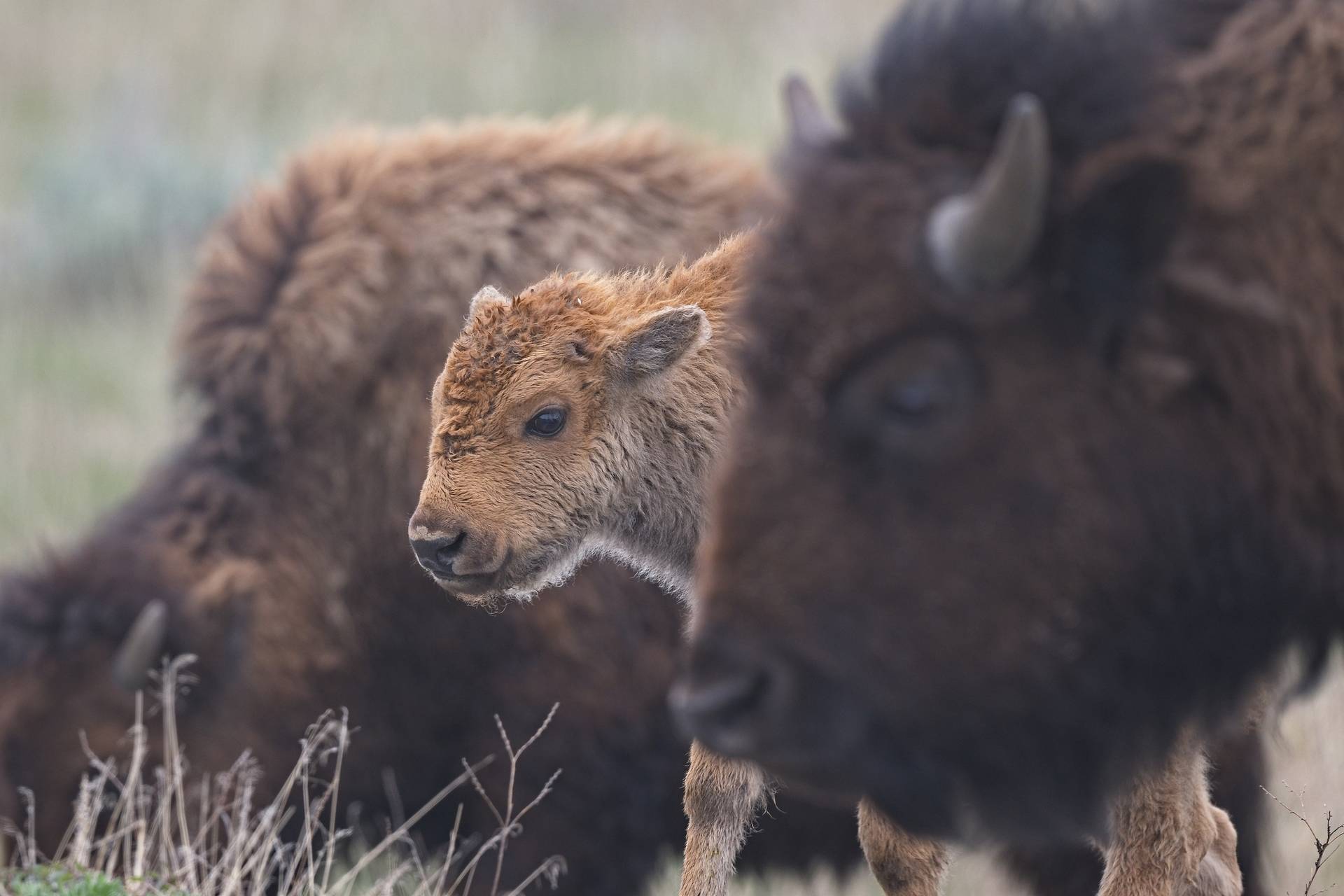
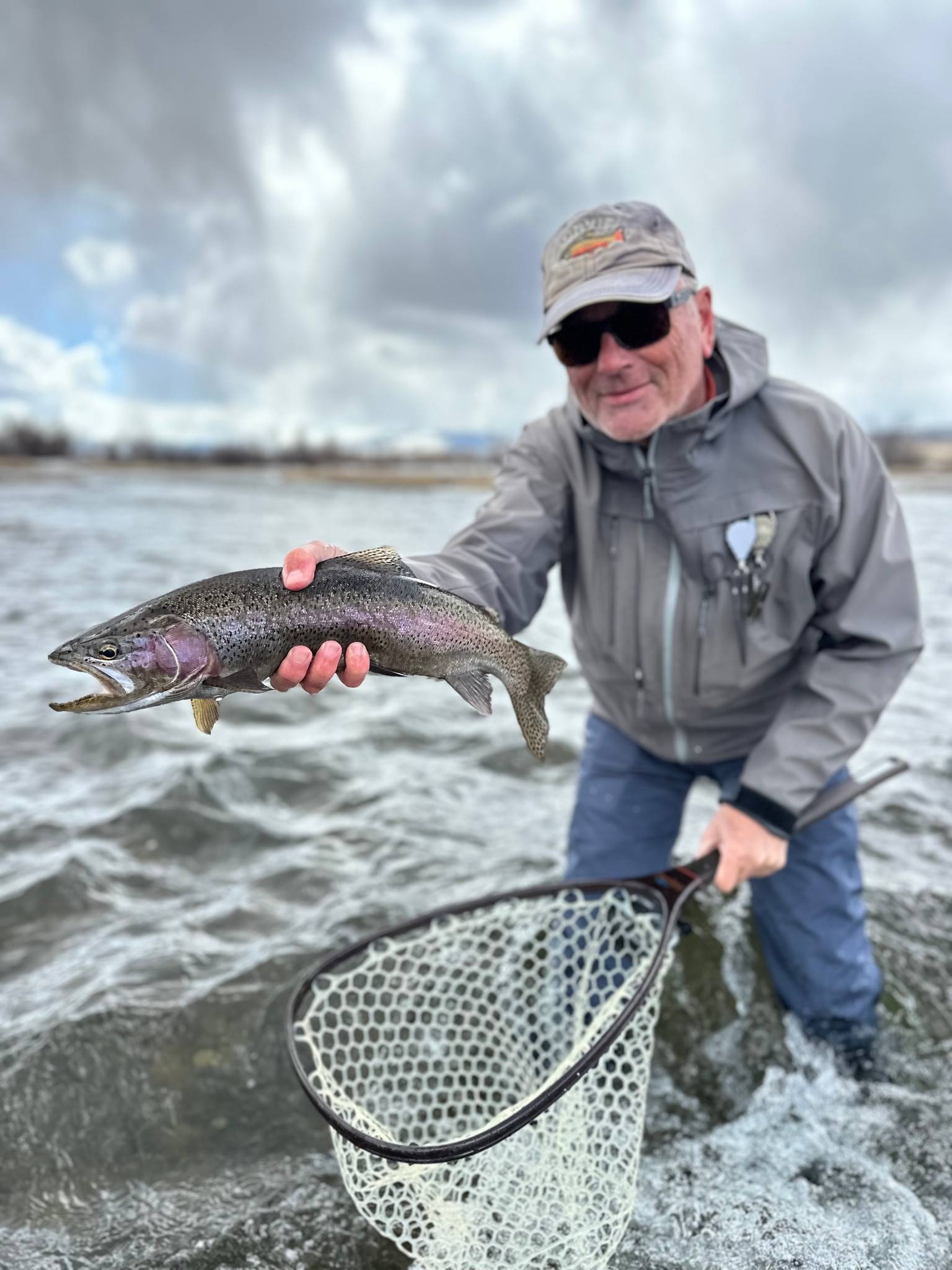
Jim Schonewise has spent his retirement enjoying the outdoor opportunities in Bozeman, Big Sky, and the surrounding area. As a budding photographer, Schonewise has had his work used on environmental and conservation websites and in a nonprofit’s fundraising calendar. He says he hopes his photos have helped raise awareness of the natural beauty in the area. When he’s not behind the lens, Schonewise spends most of his time with a fly rod in his hand or skis on his feet.
Gabrielle Gasser: Tell me about how you captured the photo you submitted.
J.S.: That picture was from two years ago, right before Memorial Day. I always look forward to it because the baby bison are so fun to watch as they figure out their legs and learn they can jump around, follow mom, and ford a river when she crosses. I always go into the park and look at the babies while they figure out the fantastic world that they’ve been born into. They're curious, and they're shy. But every once in a while, they're looking at something, and it looks like they're looking at you, and those are the moments that are really cool to capture in a photograph.
G.G.: What is your connection to the Madison River?
J.S.: The Madison River, both the upper and the lower, are full of blue ribbon trout. I spend a lot of time on the river. Several years ago, I signed up for the Master of the Mountain local ski lesson at Big Sky. The Madison group spent most of the time from Headwaters back down on the north side of the resort, and I rode Six Shooter a lot. To this day, we still tend to start our day at Madison. It's exciting to think that next year, we'll be able to ski down the hill and wait till my chair comes around with my picture on it. Being a part of the improvements the resort is making on the Moonlight side is exciting to me.
G.G.: Why is it important to display these photos?
J.S.: I would echo what the Corps of Engineers Captain Hiram Chittenden wrote about Thomas Moran’s oil paintings and Henry Jackson’s photographs of Yellowstone from the survey in 1871. They “…doubtless convinced everyone who saw them that the regions where such wonders existed should be preserved to the people forever.” Americans will preserve and protect the things they love and one must become acquainted with something before one can love it. I hope that someone will be inspired to return home from Big Sky with a curiosity about something they saw here and then learn to love it and preserve and protect it.
Joel Maes
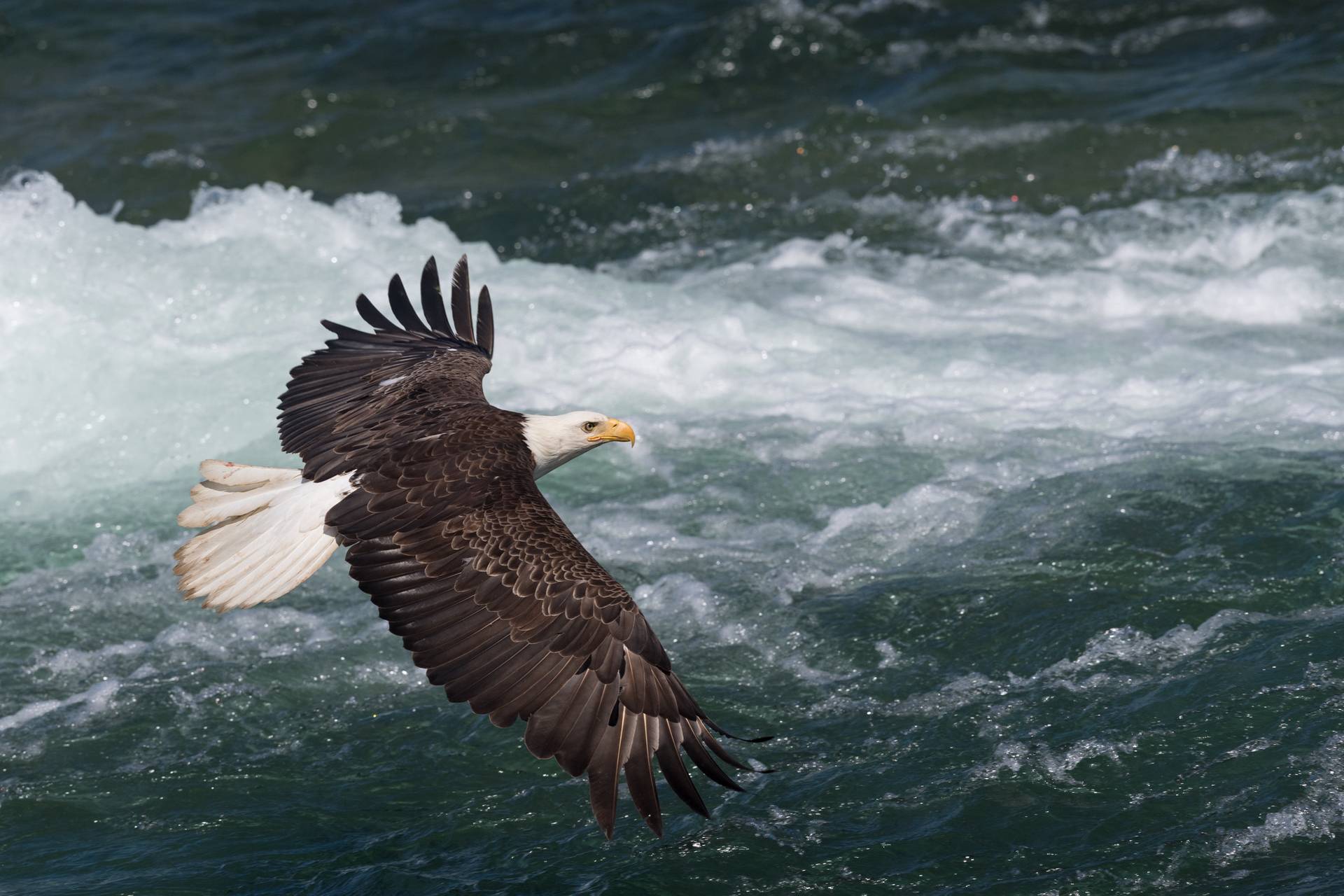
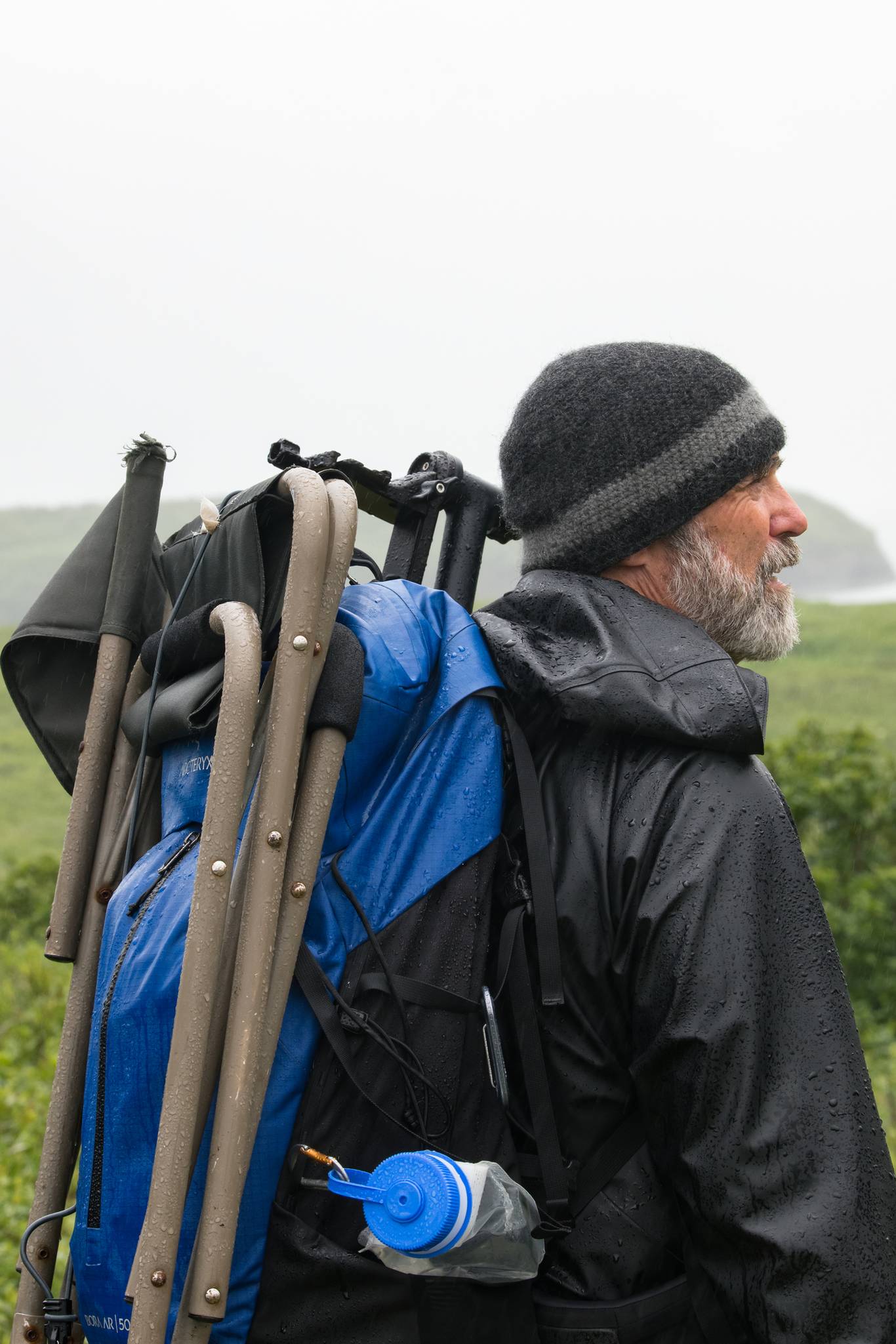
Joel Maes was born in Bozeman, Montana, in 1952 and grew up in Anaconda, Montana. He attended the University of Montana, where he studied chemistry and biological sciences and played rugby. Maes obtained a DDS degree from the University of Minnesota, spent three years in the US Navy in San Diego, and returned to Montana to practice dentistry in Helena for the next 41 years. Maes first picked up a camera in third grade and has improved only marginally since. Sporting events and wildlife/nature photography are his primary interests.
Gabrielle Gasser: What is your connection to Big Sky and the area?
Joel Maes: My connection to Big Sky dates back to 1990. My oldest sons were ski racers, and we frequently attended races at Big Sky in addition to recreational skiing visits. Over the years, we have gathered as a family at Big Sky for the Christmas Holidays, and Big Sky is a frequent stopover on our way to Yellowstone National Park.
G.G.: Why is it important to display these photos?
J.M.: Displaying these photos on chair backs is important because it creates a connection between folks using the mountain landscape for recreation and the birds and animals that depend upon that same environment for their livelihood. That connection might lead to a heightened sense of responsibility to keep wild spaces wild and intact. Many biologists are calling this period the Anthropocene Extinction or the Sixth Mass Extinction, characterized by an accelerated rate of species loss due to human activities. Maintaining the fragile ecological balance required for the survival of bird, plant, animal, and insect species is critical to the survival of our own species, so using this subtle photo display is an excellent way to heighten awareness of nature and encourage behaviors that might lead to better outcomes.
Noah Edwards
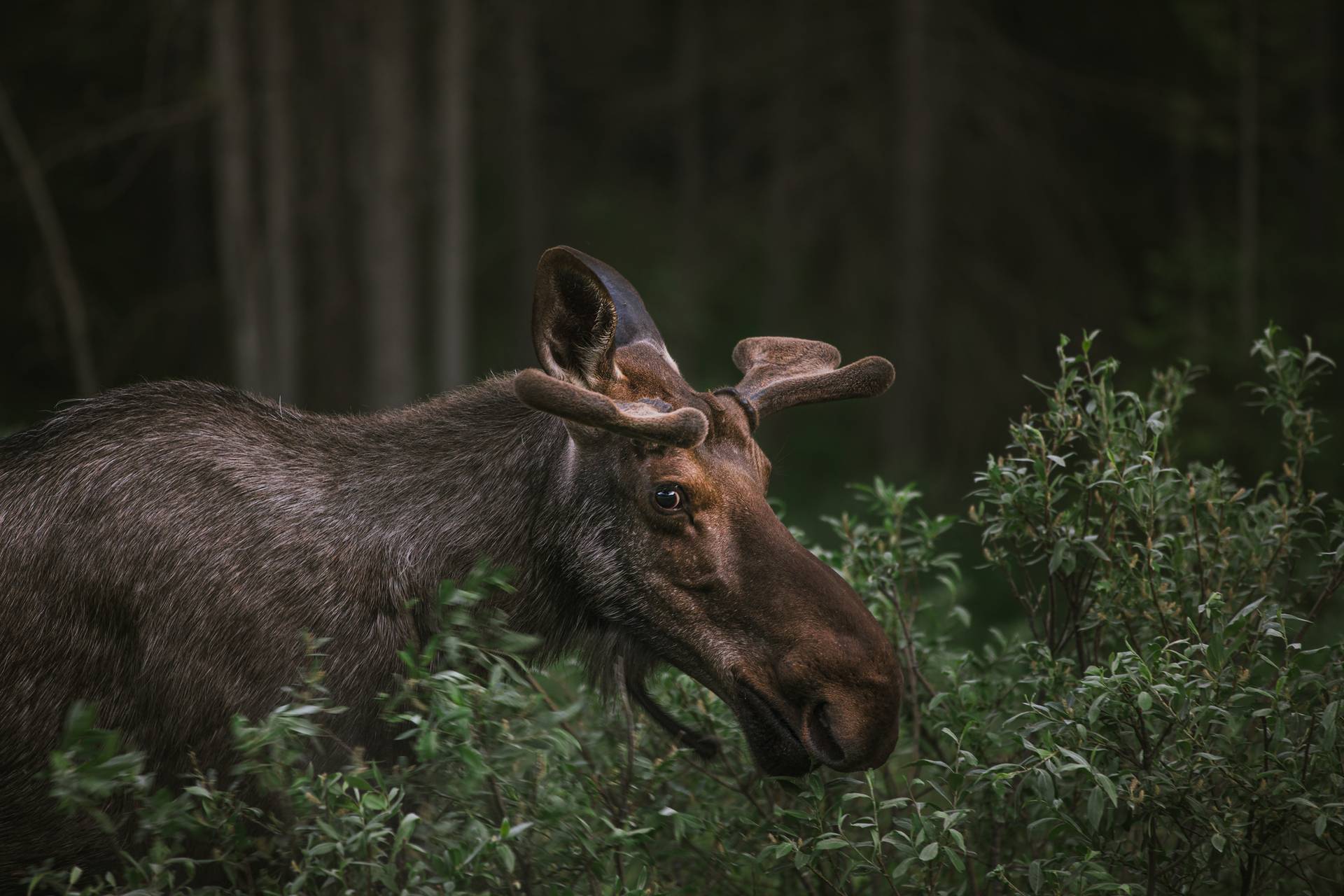
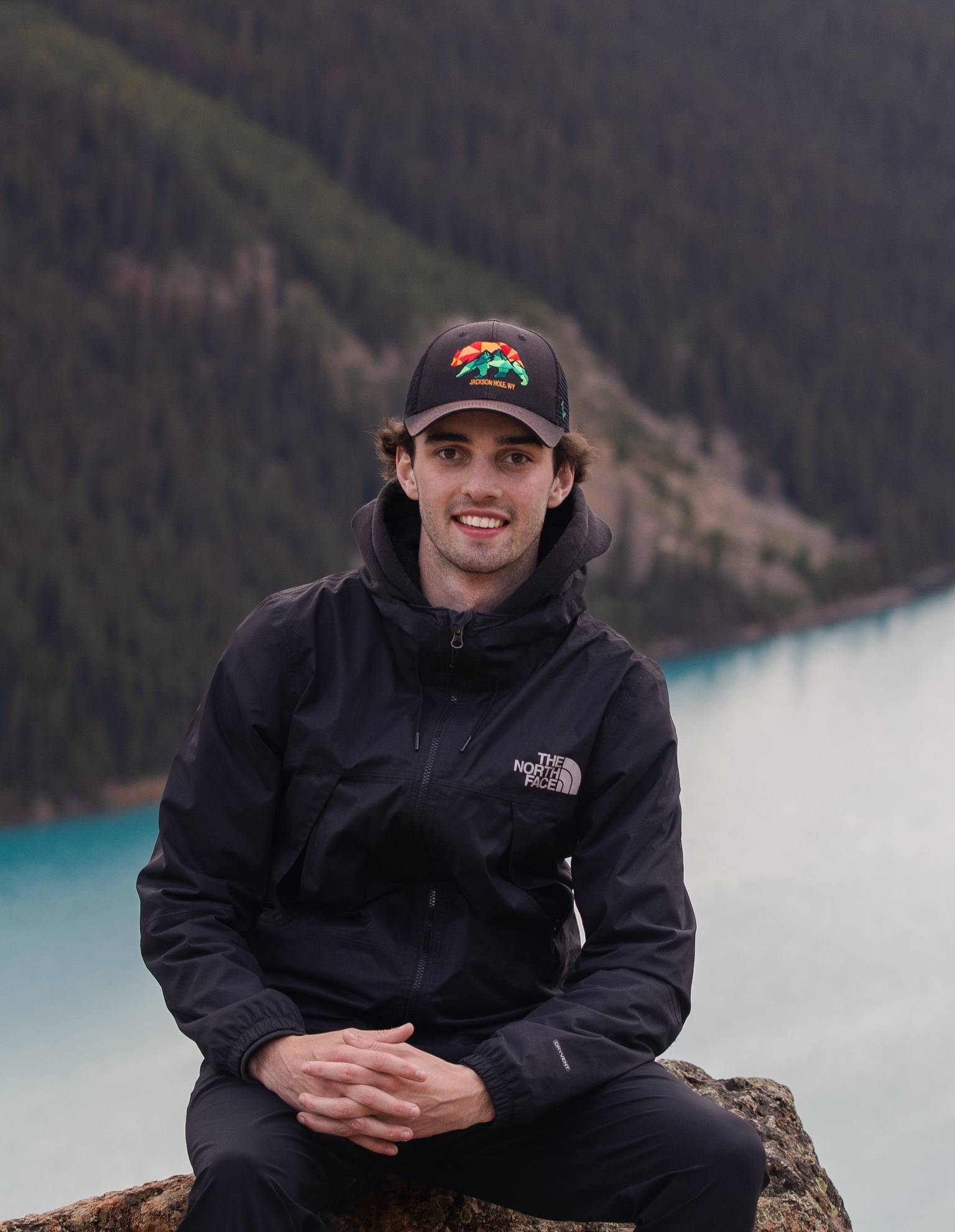
Noah Edwards had an international upbringing that brought him to many places around the world, including Asia, the United States, and Europe. Edwards picked up a camera at a young age to document his family’s travels leading to a lifelong love of photography. A YouTube video led Edwards to attend Montana State University, where he studied Business Management and spent his weekends driving through Yellowstone National Park and Grand Teton National Park, honing his wildlife and landscape photography skills. Edwards says photography has led him to explore new places, and he intends to continue expanding his experience and skills.
Gabrielle Gasser: What is your connection to Big Sky and the area?
Noah Edwards: While attending MSU, I spent every weekend exploring the Big Sky area and the Madison River. My first summer in Montana I was introduced to the Madison by going on a float, and I have been on a float every summer since then. I think it is one of the last few truly naturally preserved and beautiful areas of America. It serves as a beacon of what can be achieved if we, as a community, make a genuine effort to preserve nature around us. It's great to see the local Big Sky and Bozeman community take advantage of that area, whether it's fly fishing, hiking, camping, rock climbing, or ice climbing. I think the Gallatin Valley represents what the outdoors can be and should be for future generations.
G.G.: Why is it important to display these photos on the chair backs?
N.E.: With more and more people visiting these areas, it's important to remember that the wildlife was there before us. There's a certain portion of people traveling to national parks that don't quite recognize the fragility and sensitivity of the wildlife. Everybody wants a close-up photo of wildlife like the headshot you see in my photo. But it's important to remember to leave a respectable distance between yourself and the wildlife to protect them. These are wild animals, and you never know how they're going to react, and people can get hurt. It's great that tourism is increasing because more people are getting an appreciation for what's out there. But we need to remind ourselves to do our part and protect these places as they are.
Mary Dussell
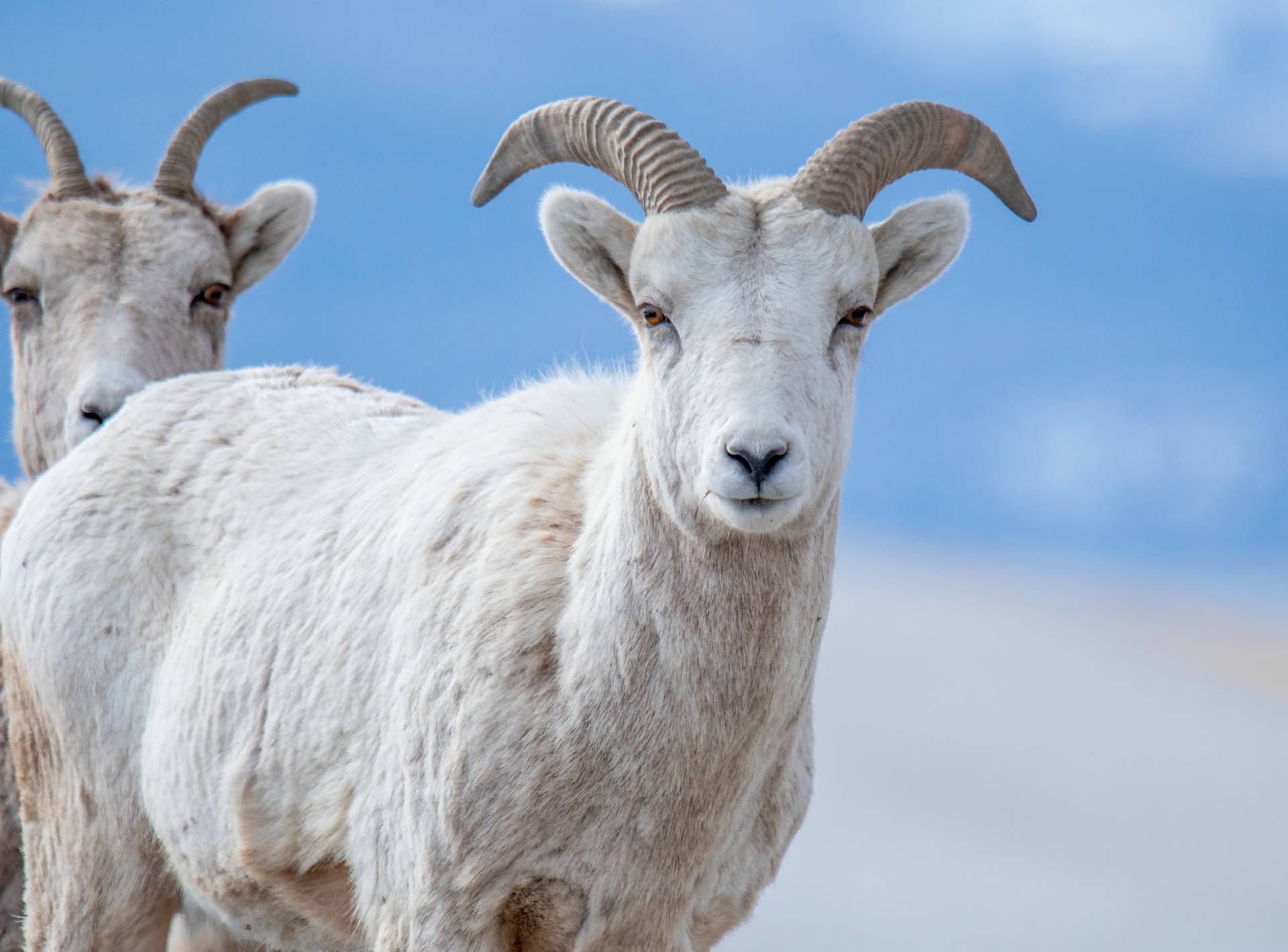
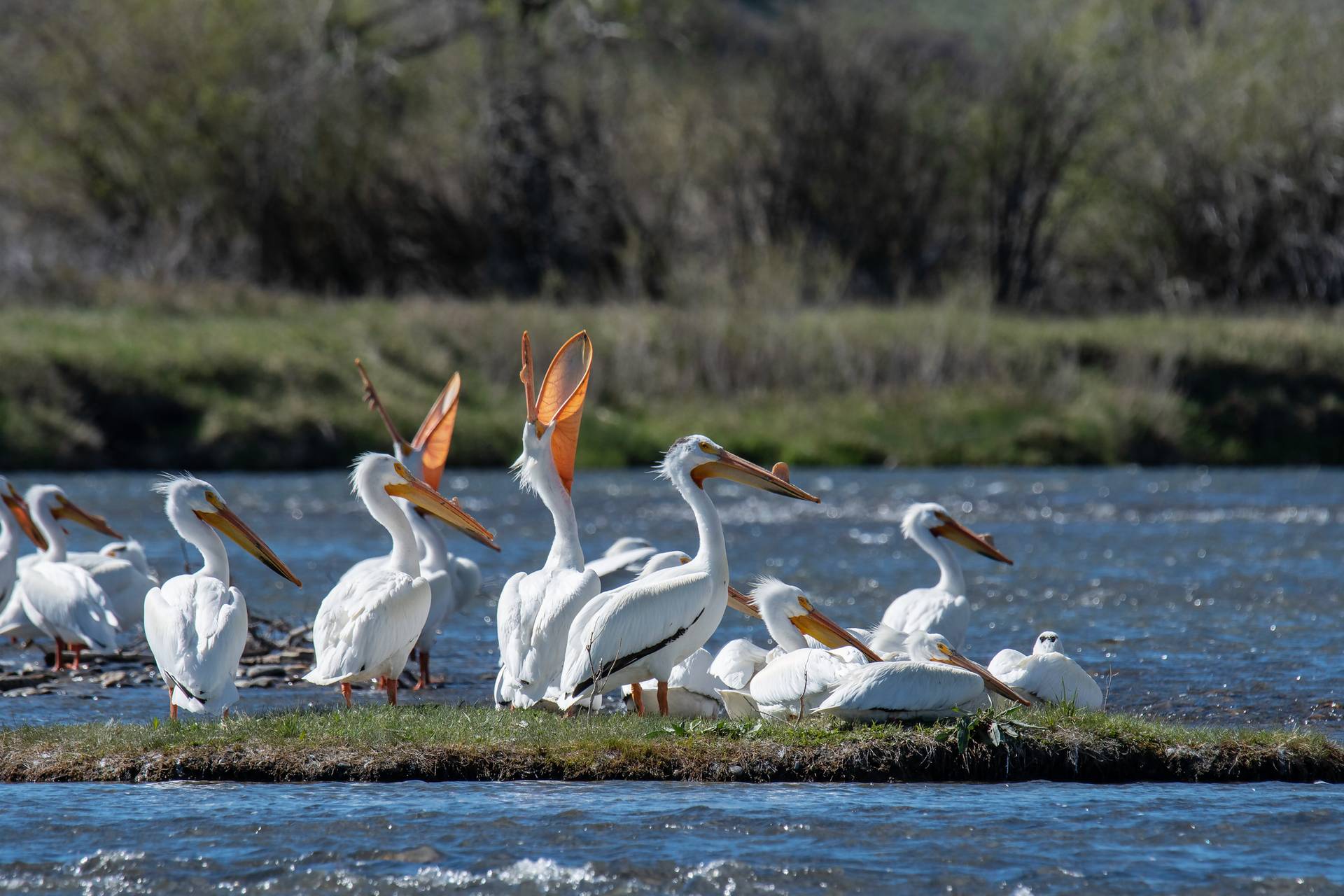

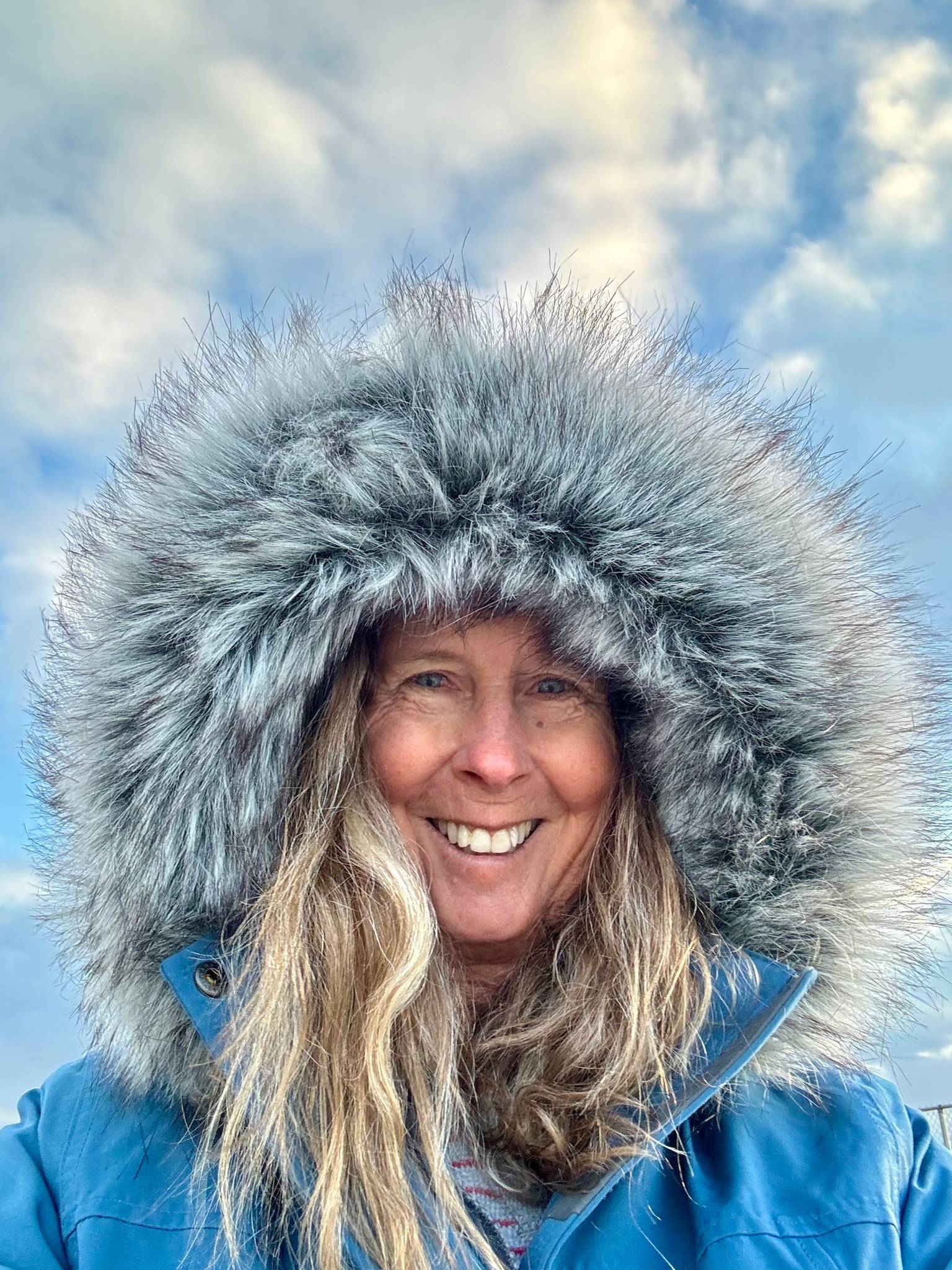
Mary Dussell lives right on the banks of the Madison River in Ennis, MT, and enjoys observing how all four seasons shape and change this 183-mile stretch of water. Dussell was always fascinated by her father’s camera growing up and took many photos of her travels while she was in the Peace Corps. Her demanding career and motherhood meant that her film camera stayed on the shelf for many years until her husband presented her with a brand-new digital camera for her retirement present. Shortly after, Dussell and her husband visited Ennis for her niece’s wedding, and Dussell said she felt she had found the perfect spot to pursue her passion for wildlife photography. Now, Dussell spends hours photographing wildlife on the Madison River and has started experimenting with inks on prints, using collected treasures from the mountains to stamp onto the printed image’s paper.
G.G.: Can you tell me the story behind the photo of pelicans you submitted?
M.D.: I photographed a large group (aka pod, pouch, scoop, squadron, or brief) of American White Pelicans. One pelican was pointing their bill to the sky with their gular (throat) pouch fully inflated to cool their bodies. I captured the light through the gular pouch outlining the pattern of vessels running through it. It's a striking photo of large, white pelicans with black-tipped wings and brilliant orange bills on the blue Madison River. These large birds fly in large, circular patterns as they utilize the thermal air to gain altitude. They flew up over the river and continued to heights of 10,000 feet. So, don't be surprised if you see them fly by as you mountain bike down Lone Mountain!
G.G.: Why is it important to display these photos on the chairs?
M.D.: It's both an awareness and environmental message. Awareness of the valley below the mountain formed by the magnificent Madison River. An awareness that the snow they are skiing on will eventually melt and contribute to the tributaries that feed the Madison River. An awareness of the abundance of wildlife that depends on this snow, water, and river. The environment is challenged by development, water contamination, and lack of respect for wildlife space and habitat. Visitors and locals alike can do their part by appreciating the beauty of this ecosystem and protecting it, and that includes always remembering each year to pray for snow.
Colton Stiffler
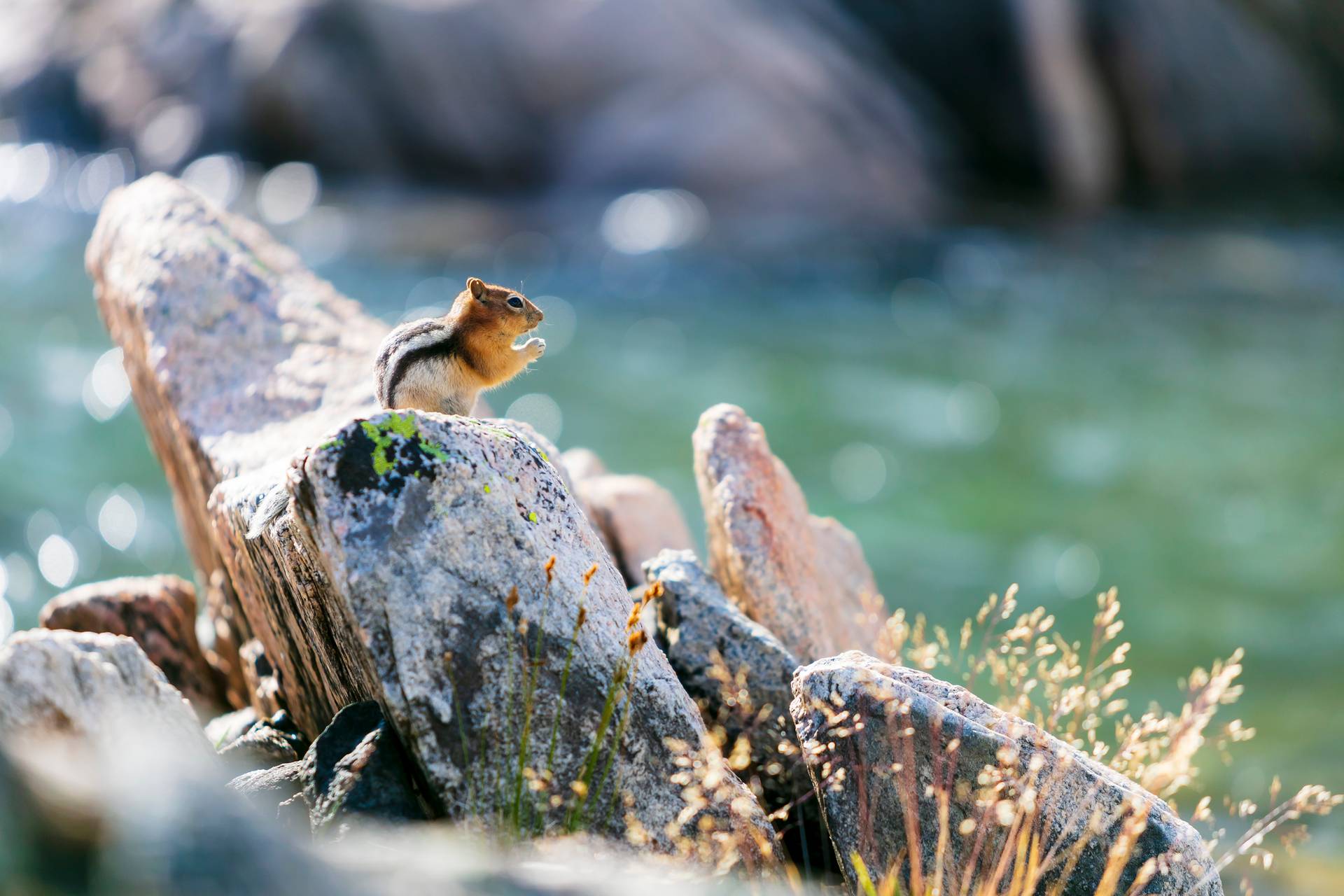
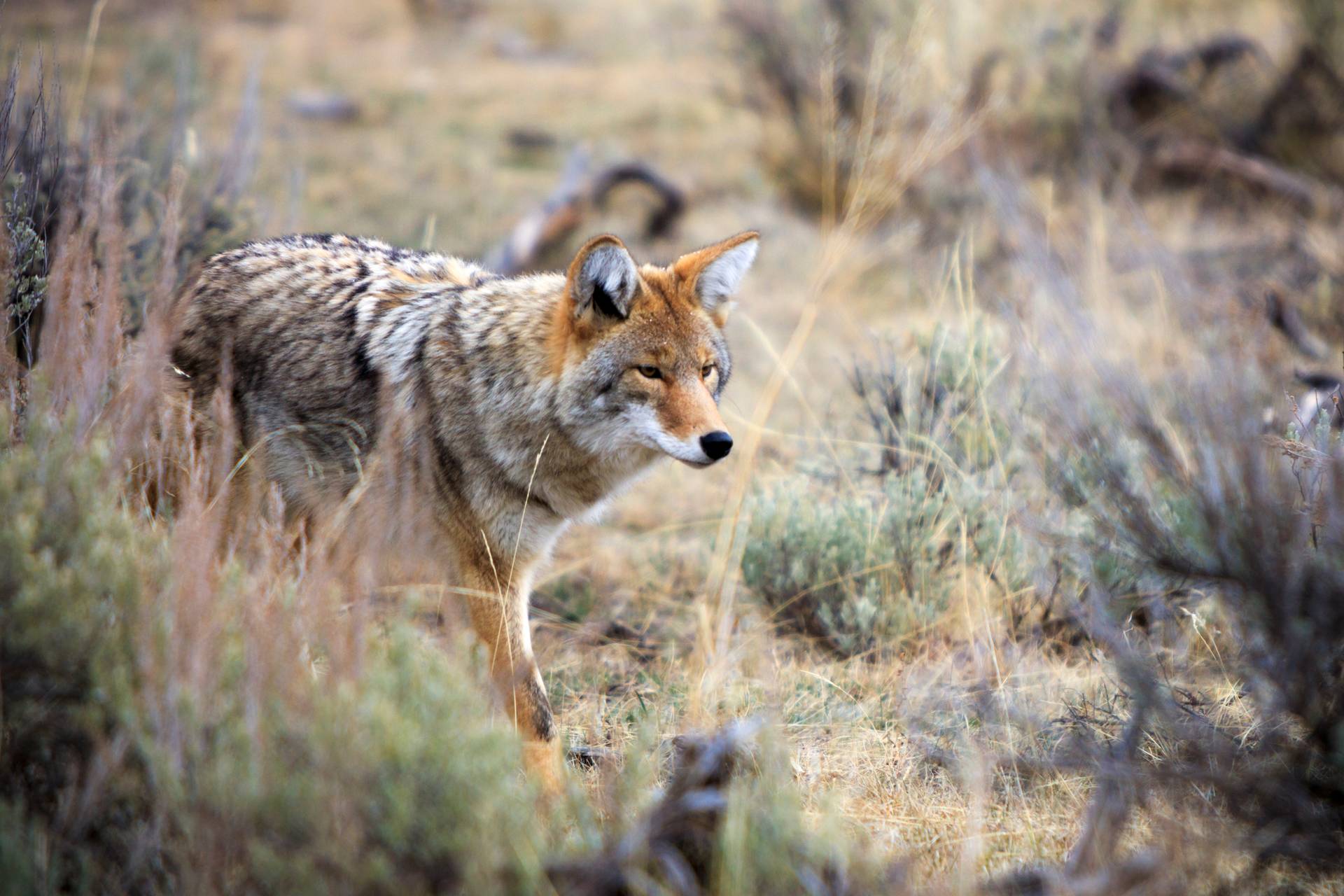
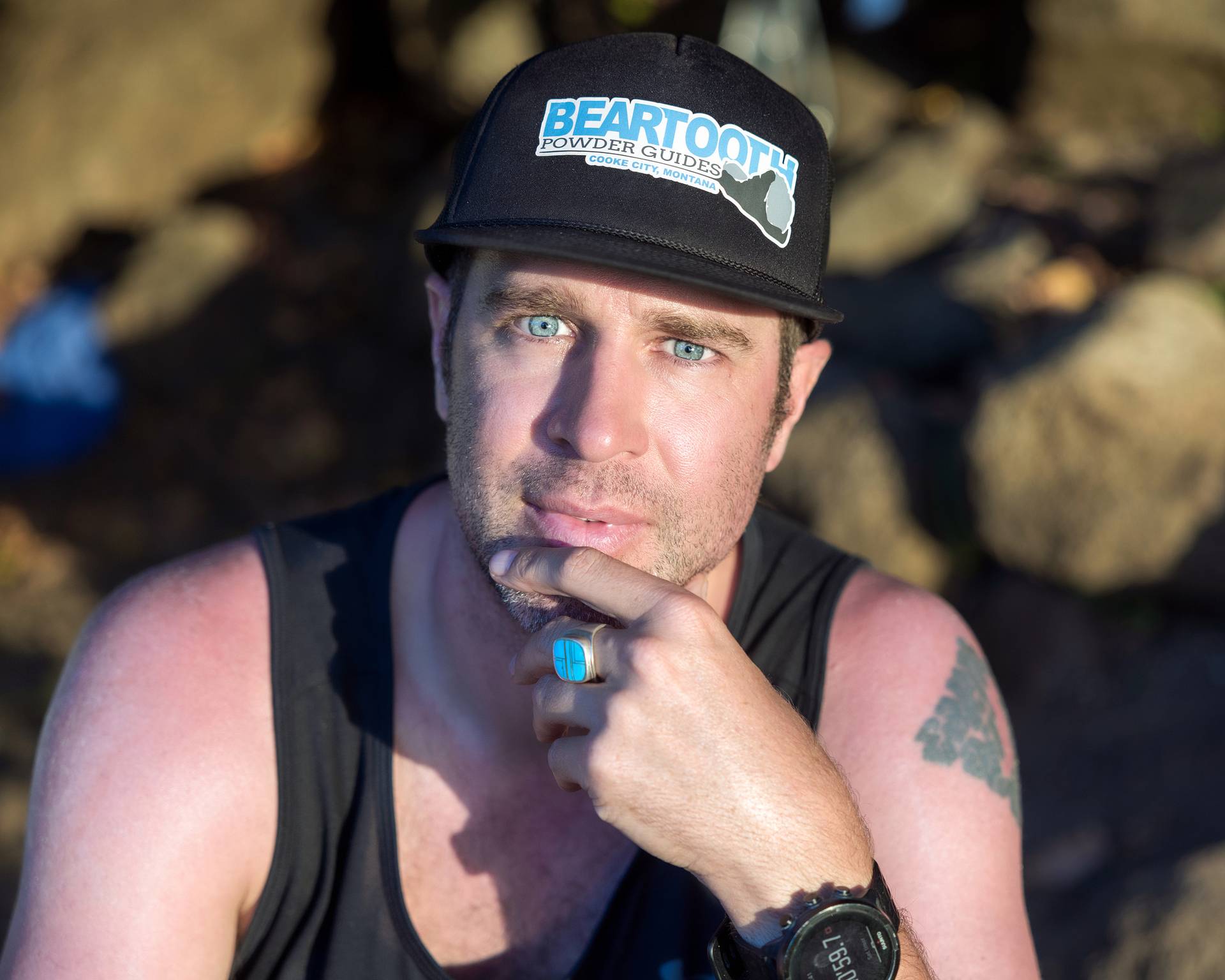
Colton Stiffler was born in southwest Montana and has lived in the area for most of his life. He has lived in Bozeman for 20 years and skied at Big Sky Resort his entire life. An engineer by trade, Stiffler picked up a camera as a hobby in 2007 and immediately fell in love with photography. That passion became a business, and Stiffler shoots various subjects, including skiing and, of course, wildlife.
Gabrielle Gasser: What is your connection to the Madison River?
Colton Stiffler: After moving to Bozeman in 2005, I began exploring all that this area has to offer, including skiing at Big Sky and Moonlight Basin, as well as spending a significant amount of time in and around the lakes and rivers of Southwest Montana such as the beautiful Madison River. These waterways are the lifeblood of this area, and I have developed a deep love and appreciation for all that they provide.
G.G.: Can you share the story behind your chipmunk photo?
C.S.: After stopping for a quick snack while hiking up in the Hyalite area, I was pleasantly surprised to look over and see a small chipmunk about 10 feet away that had taken a seat on a slab of weathered granite. He was calm and content and was enjoying a little snack of his own. Fortunately, my camera was readily accessible. I snapped a quick photograph of him, and I absolutely loved the way it turned out. The chipmunk is perfectly in focus against a nice soft-blurred background. He clearly didn't view my presence as a threat, and I like to think that we both enjoyed each other’s company in that moment.
G.G: Why is it important to display these photos?
C.S.: I think it's important to display these photos to showcase the diversity of animals, large and small, that call this area home. Additionally, by showcasing images of these animals, it is my hope that we can help educate people, not only to be respectful of these animals and to give them the space that they need, but to be good stewards of the land during our visit, and to help protect the environment so that they can all continue to thrive in this area.
Chrissy Shammas
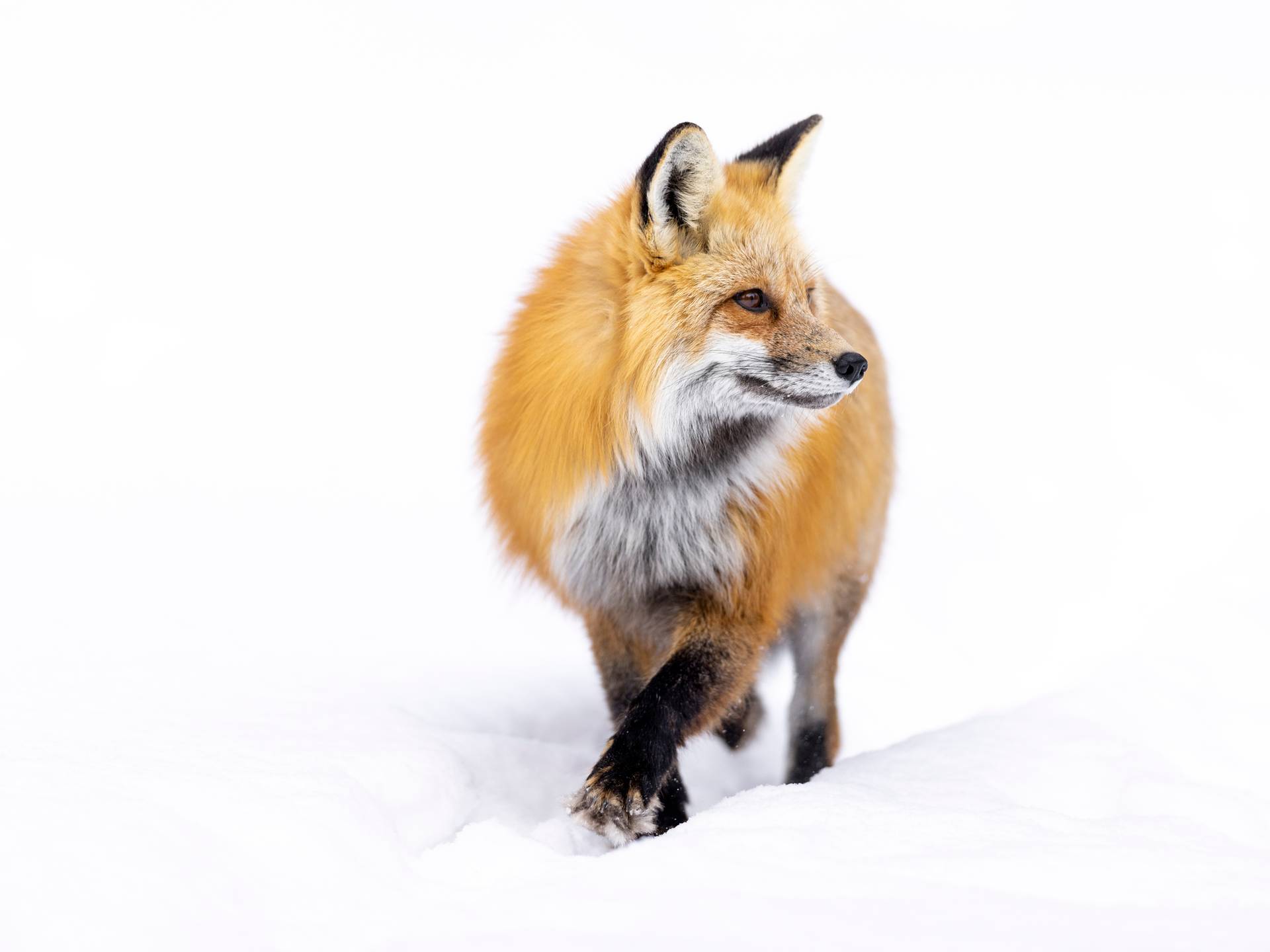
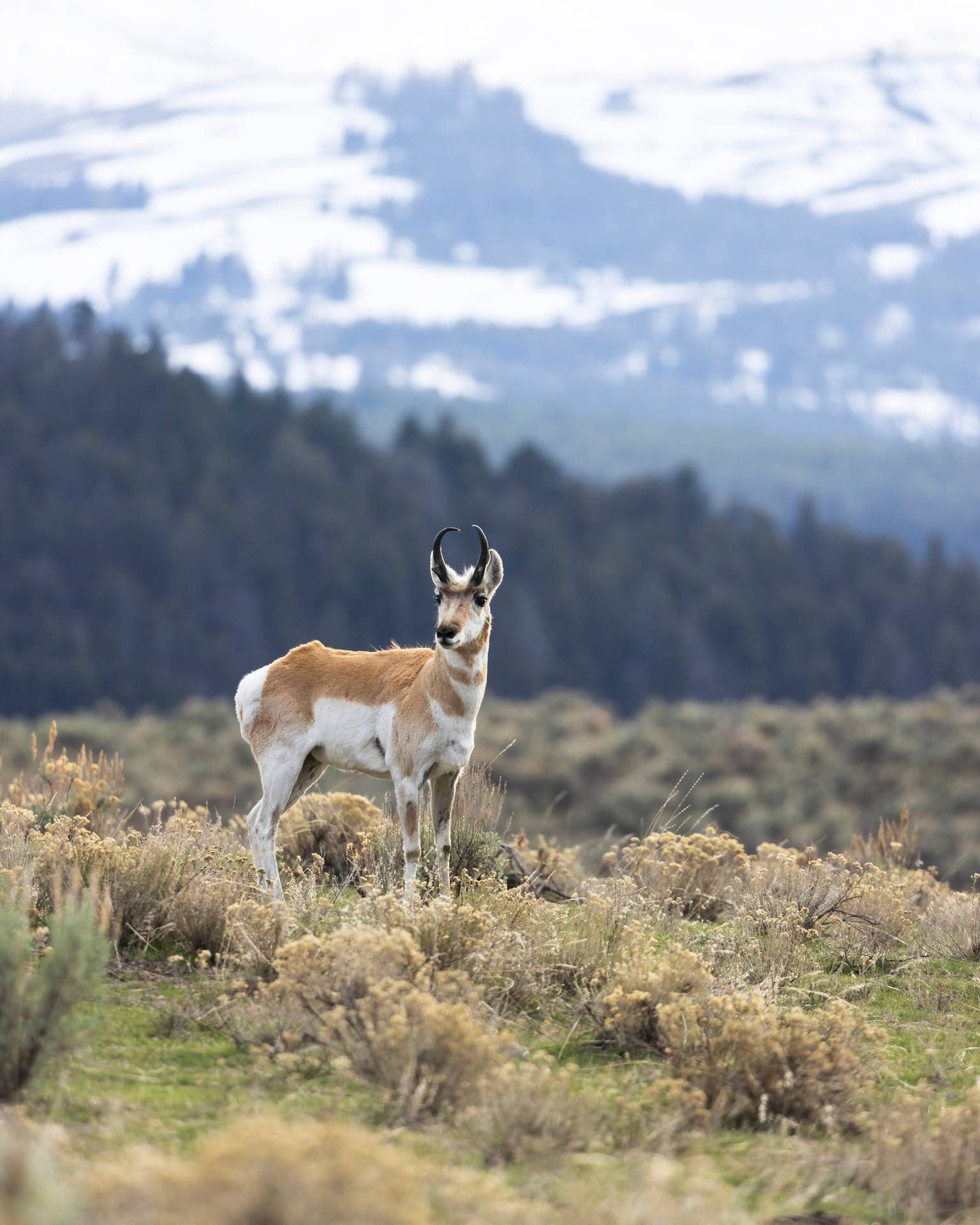
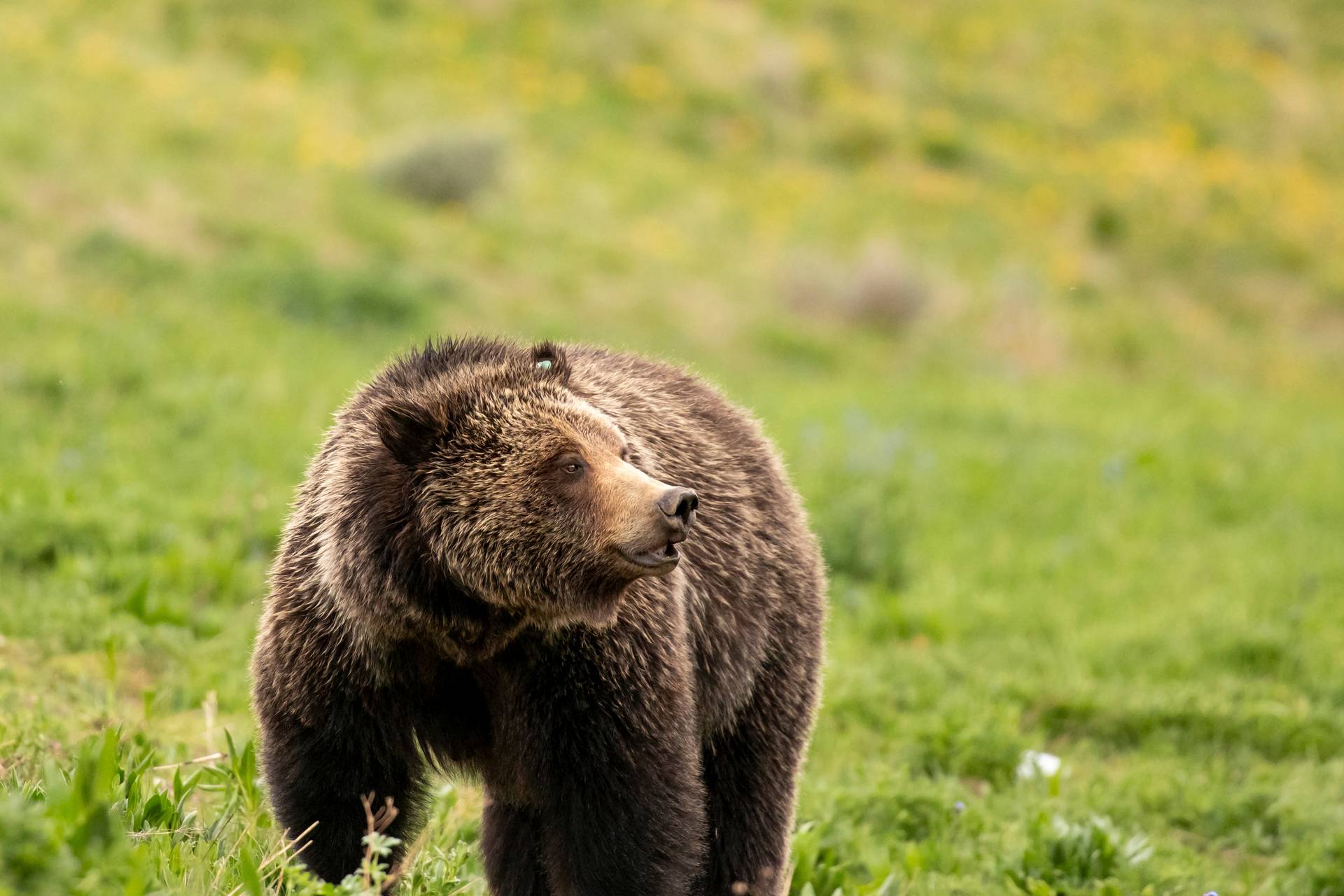
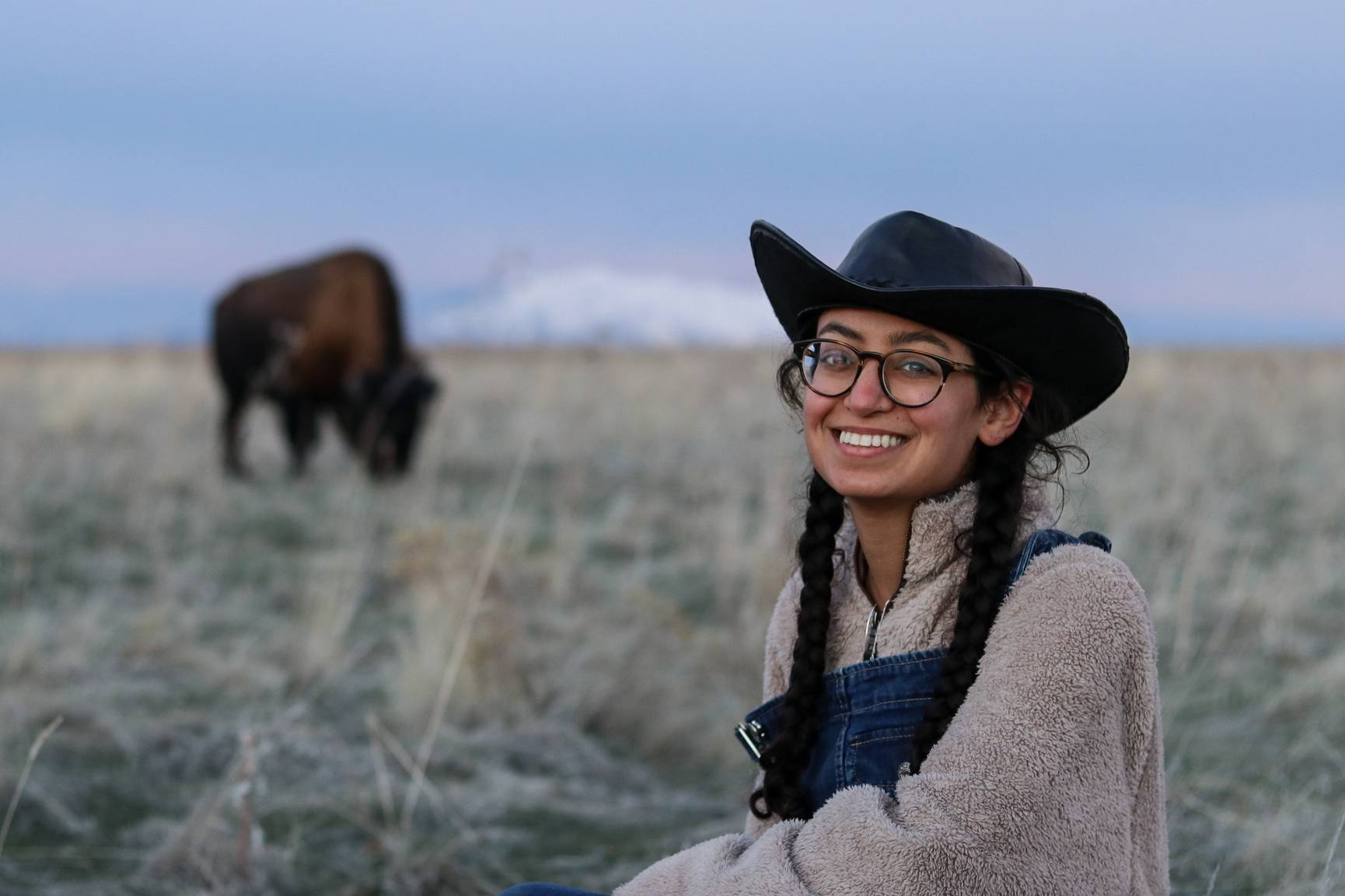
Chrissy Shammas is originally from Chesapeake, Virginia, where she started photographing wildlife with local deer and waterfowl. Not long after visiting Big Sky Resort in college for a ski trip, Shammas moved to Utah and became immediately enamored with the wildlife in the region. Now, Shammas lives in Salt Lake City, Utah, and spends time every month in the Greater Yellowstone Ecosystem to view and photograph the incredible wildlife. Shammas says she does a lot of roadside photography in Grand Teton and Yellowstone National Parks because it shows just how accessible wildlife viewing in the region is for anyone who visits.
Gabrielle Gasser: What is your connection to the Madison River?
Chrissy Shammas: I've spent a lot of time along the Madison River in the park photographing. It's one of my favorite places to spend early mornings. That first hour or so of the day is precious because not only is it a time when the animals are very active, but you get a lot of changes in the light that makes for great photography. You only get one morning a day and, a lot of times, I like to spend it along the Madison River. You just get these awesome fog and mist moments.
G.G.: Can you tell me the story behind the photo you took?
C.S.: I have a soft spot for the bears because they're such characters. The bear in my photo is 863, we call her Felicia. She was in danger of being relocated because of her roadside location. Some friends and I started a petition and social media campaign to encourage photographers not to stop on the roads where they're not supposed to. We wanted to make sure she and her cubs didn't get booted out of the area. It was successful. She's still there, raised her cubs to adulthood, and has new cubs this year. We don't get a ton of success stories in conservation, so it was a rare moment to celebrate.
Gabrielle Gasser is a writer and photographer who grew up in Big Sky, Montana and is currently based out of Bozeman. In the winter you'll find her ski instructing out on the slopes at Big Sky Resort or curled up with a good book.








